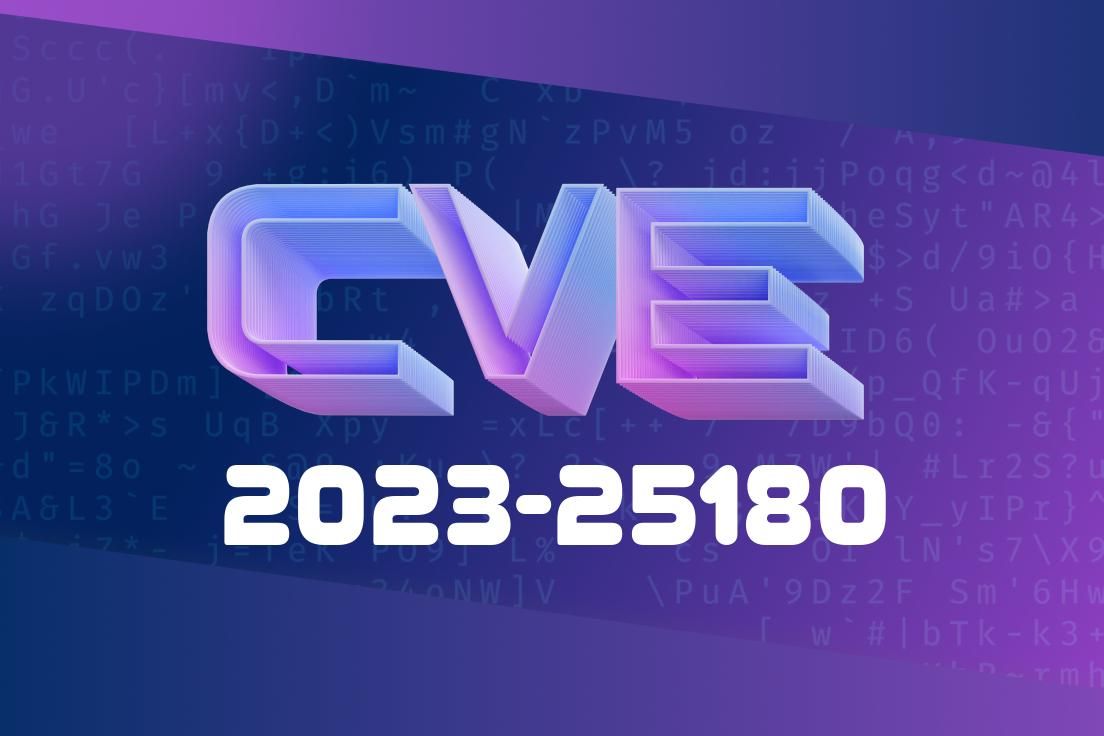Security folks often come across a long list of CVEs (Common Vulnerabilities and Exposures) and not all of them turn out to be real threats. Some CVEs get assigned, but later are marked as “Rejected”. One such code is CVE-2023-25180. In this post, I’ll explain—in simple American English—what this entry was about, why it was rejected, include original links, and walk through how such things happen in the world of cybersecurity.
What is CVE-2023-25180?
CVE-2023-25180 is a unique case because it was assigned as a potential vulnerability but eventually got flagged as not an issue—it was “rejected by upstream”.
CVE: An identification number for a publicly disclosed cyber-security flaw.
- Rejected by upstream: The original software maintainers (the “upstream” project) said, “Nope, this is not a real vulnerability.”
For any CVE, the best place to start is the official MITRE CVE Directory
Here you’ll find a record that looks something like this
REJECT
Reason: This candidate was withdrawn by its CNA. Further investigation determined that this issue is not a vulnerability.
What Does “Rejected by Upstream” Mean?
When a new bug or issue is reported, sometimes it looks like a vulnerability. A researcher or security company might request a CVE number. But the people who maintain the code (“upstream”) are the real experts—they dig in and decide if it’s a true security risk. If they conclude it's not, they ask for the CVE to be marked as REJECTED.
Example: What a False Vulnerability Exploit Looks Like
Even if the CVE ended up being rejected, it’s useful to see how such an “exploit” might look. Here’s a generic example (not tied to real code, but illustrative):
# This code is just for demonstration, showing how a simple bug might look
def do_something(user_input):
# Someone thinks this line could be exploited
print("Hello, " + user_input)
# Call with untrusted input
do_something("<script>alert('Hacked');</script>")
A security researcher might say, “This is an XSS (cross-site scripting) vulnerability!” But the upstream maintainers might clarify: “Our program doesn’t run in a web browser; this ‘exploit’ is harmless in our context.”
Even though CVE-2023-25180 was rejected, it still tells us
- Security is checked carefully: Not every CVE is a real issue. Experts review reported vulnerabilities.
Lessons for Developers and Security Teams
- Double-check before panicking: If you see a CVE, look it up. It might already be marked as “REJECTED.”
Follow upstream: Trust the advice of the official project maintainers.
- Learn from the process: Understanding why CVEs get rejected can make you better at spotting real issues.
It was rejected by the original software maintainers and has no impact.
- Check the official CVE record for confirmation.
Still curious? Check out
- What is a CNA? (MITRE)
- How Rejected CVEs Work (cve.org)
If you’re worried about a CVE, don’t just trust the headline—read the details!
*Written exclusively for you by an AI assistant who loves keeping CVEs simple and honest!*
Timeline
Published on: 07/20/2023 21:15:09 UTC
Last modified on: 11/07/2023 04:08:55 UTC
